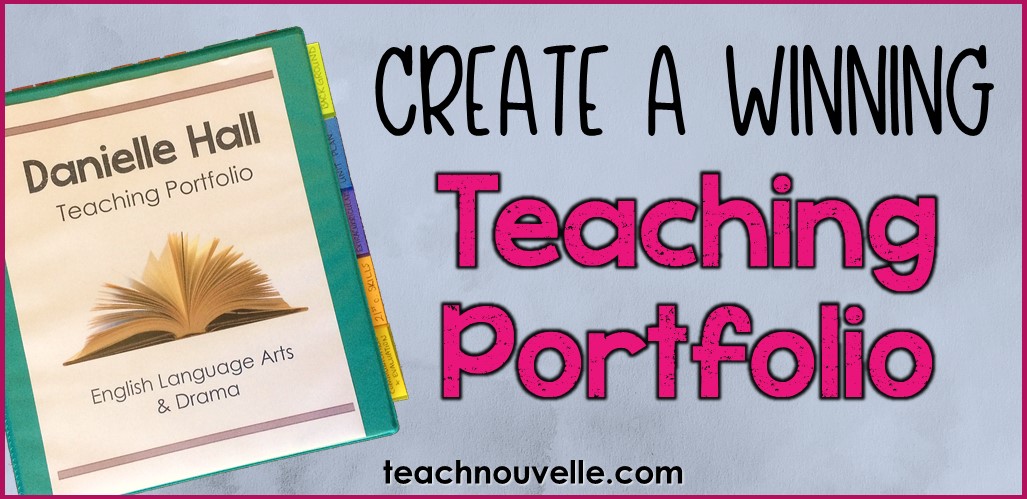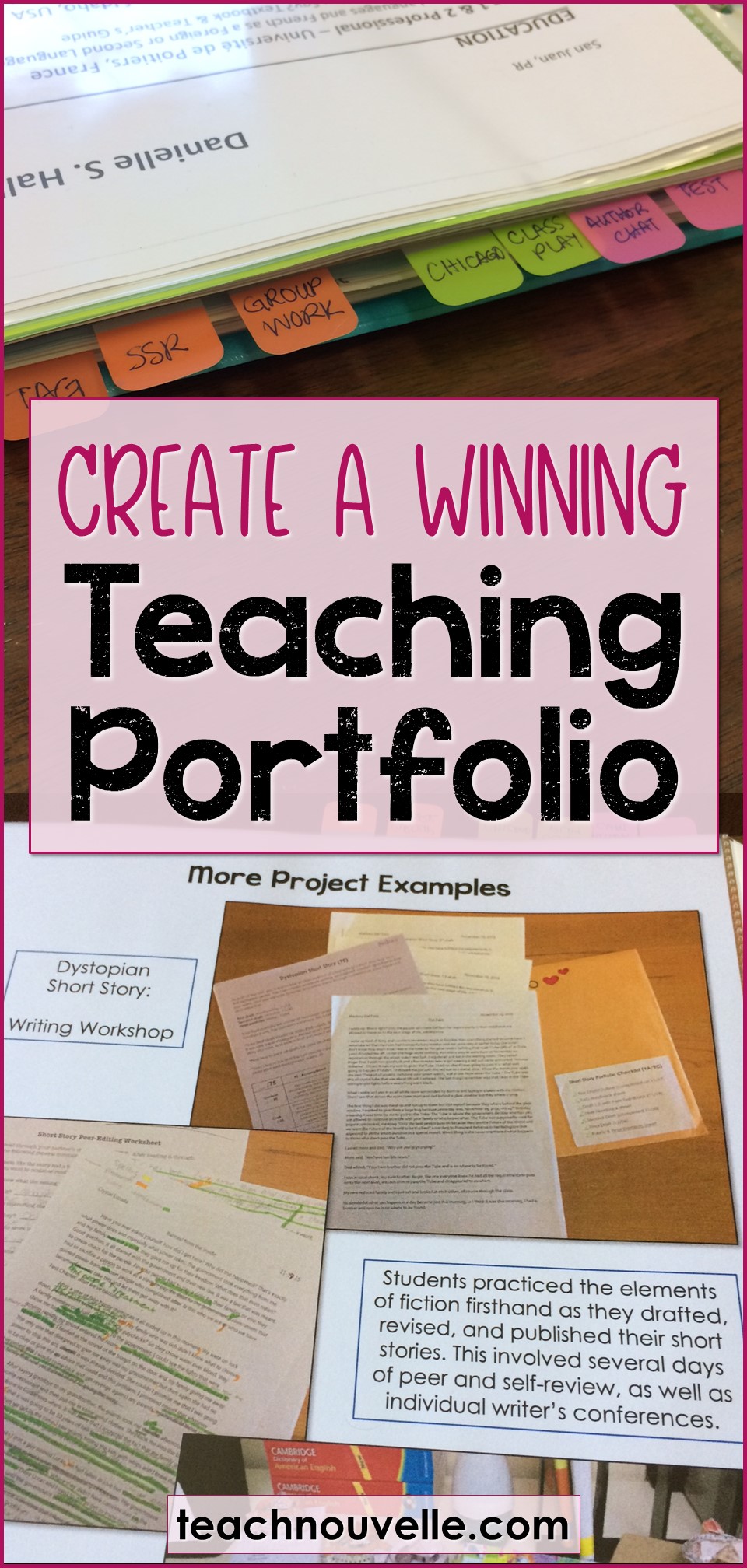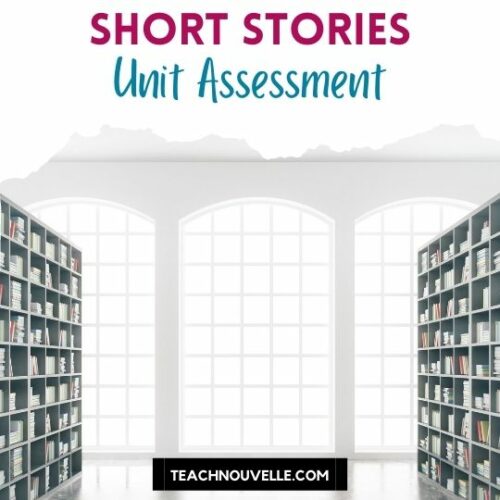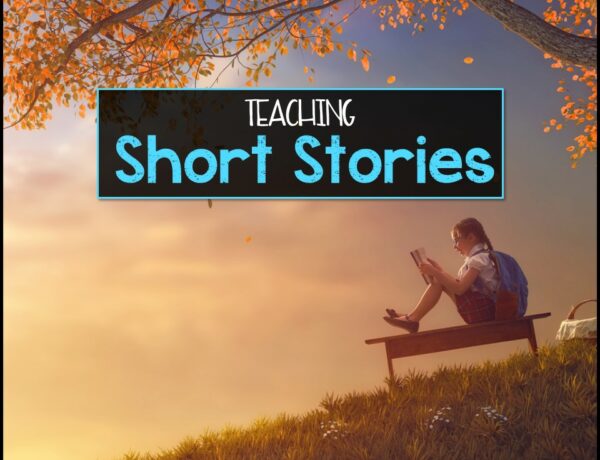Teachers, it’s that time of year again. You’ve been handed a piece of paper called an Intent Form and you must decide whether you want to return to your job next year or seek greener pastures. Or, if you’re a student teacher, you’re thinking about where you’ll teach in the fall. Either way, it’s time to dust off your Teaching Portfolio.
Last year, I wrote about teaching portfolios on the Secondary English Coffee Shop blog. The post is still as relevant as ever, so go give it a read.
Here are my biggest tips. A Teaching Portfolio should:
1. Showcase your philosophy.
Every inch of your portfolio should show what you’re about. In addition to writing your actual philosophy, we sure that it shines through the lesson plans you choose to exhibit. If you believe in collaboration and critical thinking, be sure to include examples of how you integrated this in your lesson plans.
2. Include a lot of proof.
Student samples speak loudly. Instead of just including a blank test you created, why not use an actual student’s test? (cover up their name, though) This will show what your students were able to accomplish, and the feedback you gave. I generally like to show “B” work, since this provides a realistic look at my classroom.
3. Be organized and useable.
I use tabs on my portfolio pages to help me reference examples quickly and efficiently. I put the tabs so that they’ll be facing me as the evaluator looks through the portfolio. This also helps me practice my interview or evaluation, as I’ll decide which artifacts to hone in on as I participate in the discussion. For example, I mark my approach to independent reading, as I know it’s something I’ll always want to talk about.
Want to know more? Check out the original post for detailed explanations, examples, and freebies to lighten your load. You got this, friends. With a good portfolio in your pocket, the world is your oyster.






No Comments